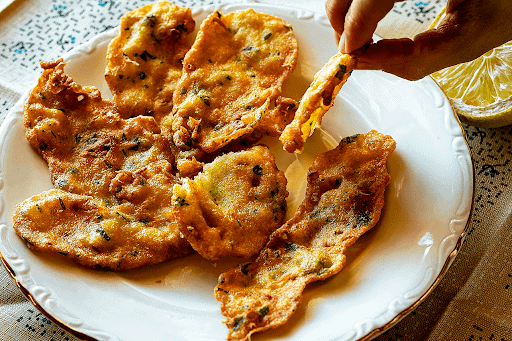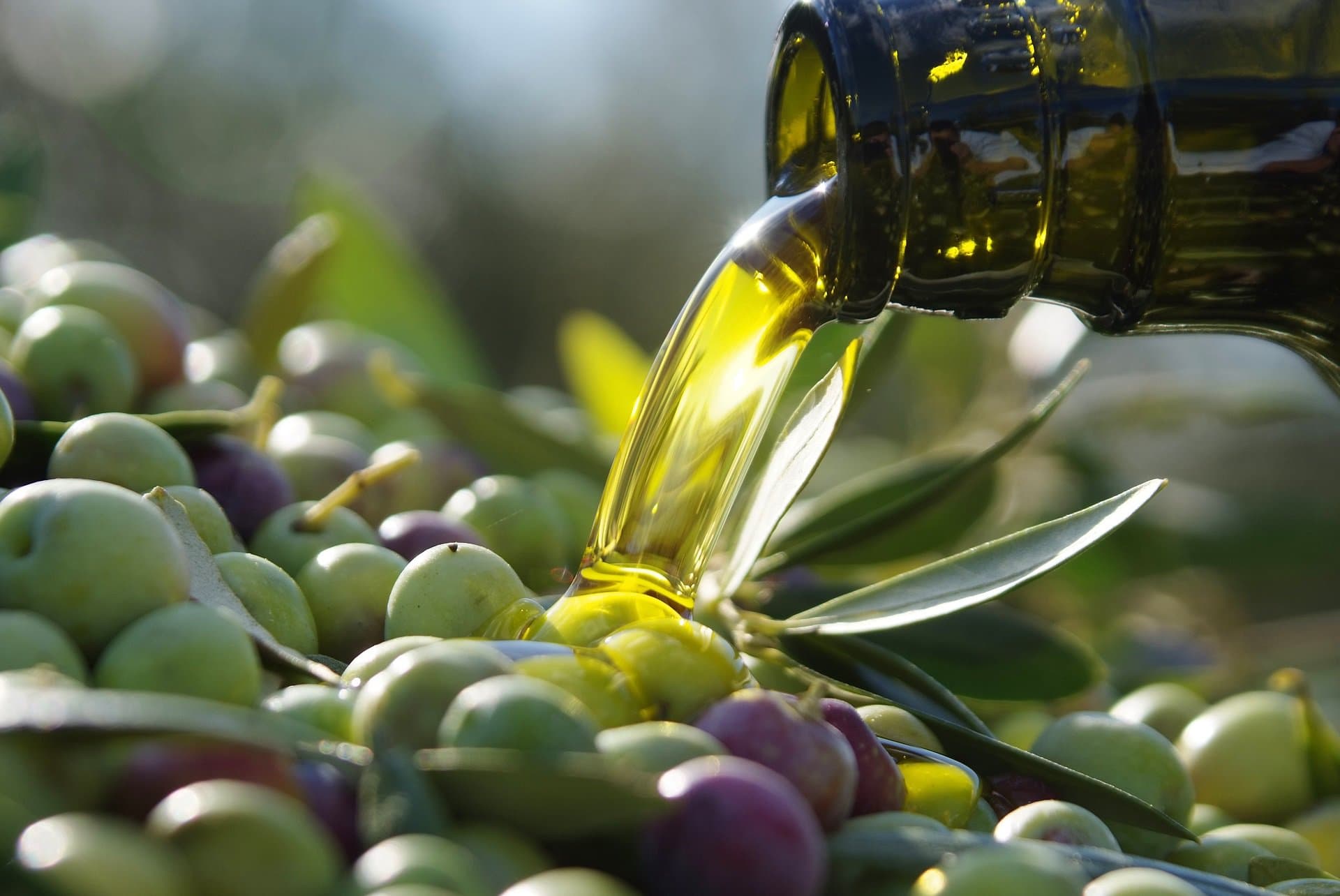Surely you are used to consuming extra virgin olive oil with cold dishes: salads, sandwiches or raw vegetable. But did you know that extra virgin olive oil is one the best oils for frying? Well, it actually can be used when boiling or baking/roasting too, but let’s focus on frying first. If you are looking for a healthier fat to fry your food with, extra virgin olive oil is the best option you have since this product remains constant at high frying temperature. Bear in mind when frying with other vegetable or animal fats at the same high temperature, you will be getting harmful particles that will also be the reason behind an acid tasted in your cooked food.
Contenidos / Contents
Then you need to find the best oil to fry.
And as we said, extra virgin olive oil is going to be always your safest choice, since it’s very stable when cooking and it has a greater amount of fatty and monounsaturated acids. Martin Grootveld, professor at the University of Montfort in the United Kingdom, recommends cooking and frying with extra virgin olive oil since “it generates less toxics and these are less harmful to the body”
What type of vegetable oil is more suitable?
Vegetable oils can be divided into
- Polyunsaturated fatty acids rich oils, such as soybean or sesame oils. These oils are not resistant to high temperatures and are easily toxic, which makes them not recommended for hot use.
- Monounsaturated fatty acids rich oils, such as olive oil and high oleic sunflower oil.
Any of these oils oxidizes when reaching high temperatures and produces toxics. Therefore, we are looking for an oil which oxidation point is produced at the highest possible temperature. In the studies that have been carried out, it has been confirmed that extra virgin olive oil, that maintains its properties up to 180º without altering or degrading, is the best one, also providing vitamins K and E. Additionally, in an article published in the Journal of the American Oil Chemists’ Society, comparative tests were performed between peanut, canola, and olive oils. In these tests olive oil was again the one maintained its properties, without the appearance of toxic products from thermal oxidation, during the first eight hours of use subjected to high temperatures.
Frying with olive oil or extra virgin olive oil
The advantages of frying with extra virgin olive oil are: Lower caloric intake, by soaking food with less product due to its higher density. This creates a crunchier coating that protects from oil penetration and allows juices and salts to remain in the fried food. Notably improvement of the dish final flavour, as it’s pure olive juice without any chemicals. Higher contribution of polyphenols, vitamin E and natural antioxidants, since only a 20% of these elements is lost when fried in comparison when oil is cold. Possibility of reuse, since the extra virgin olive oil preserves the polyphenols that protect it from the production of trans fats. For each frying cycle, the oil oxidizes and lowers its smoke production point.

Final recommendations for frying with olive oil
- Use extra virgin olive oil for cooking, in all its varieties.
- Properly store olive oil, in a dark and tight environment.
- Start the process by heating the oil over low heat.
- Put the food in when it reaches the right temperature for frying.
- Fry below 180ºC of temperature in order to maintain all the oil benefits.
- Remove the excess oil by resting the fried food on absorbent paper.
- Once used, strain the oil from the fryer to remove the remains of food.
- Don’t mix oil from different seeds (olive, sunflower, rapeseed) or between clean and used oil.
- Food must be dry before frying it.
Susbcribe to our newsletter










